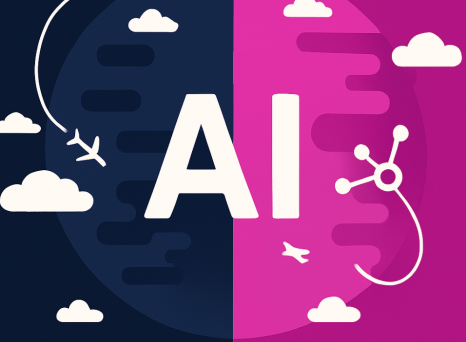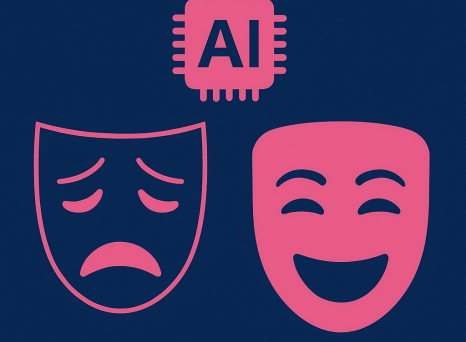Life sciences companies are at a turning point. AI is no longer a distant promise. It’s already in the tools many teams use every day. At Planisware, we’ve included machine learning capabilities in our platform for over a decade. But the thing is, most organizations have not taken full advantage of them yet.
That’s not a setback. It’s an opportunity.
If you’re working in biopharma or MedTech, odds are your project data is complex. You likely have thousands of algorithms supporting forecasts. Maybe you’ve wondered whether AI could help simplify or even automate some of those steps? The answer is yes it could, but only if your data is ready.
Why Machine Learning Needs Better Data
Many people think of AI as a black box that delivers answers. But machine learning doesn’t work that way. It learns from history. If your historical data is fragmented, mislabeled, or inconsistent, the results will be too.
Most life sciences companies don’t lack data. They lack data that is clean, structured, and trustworthy enough to train models effectively. That’s why the first step toward using AI in project and portfolio management isn’t building models. It’s preparing your data.
A Real-World Example: UCB Pharmaceuticals
UCB, a global biopharmaceutical company, is a great example of what’s possible. Over 15 years, they scaled from 15 to more than 6,000 users managing 9,000 projects in Planisware. As their operations grew, so did their complexity.
After an internal audit revealed performance issues tied to data quality, UCB took action. They cleaned up years of historical data, improved system performance, and boosted adoption across departments. But the real driver was preparing for predictive analytics and machine learning.
UCB recognized that if the data going in isn’t right, the insights coming out won’t be reliable. Their investment in better data was about more than cleanup. It was about trust, transparency, and readiness for what’s next.
For a detailed look at how UCB built the foundation for predictive analytics through better data quality and Planisware integration, read the full case study.
Start Small and Simplify
We often advise customers to begin with a small use case. For example:
Pick one activity type and one resource role.
Use historical data to train a model.
Let the model show which inputs actually influence the outcome.
You might find that eight complex formulas can be replaced by two simpler ones. That saves time, improves explainability, and still covers most scenarios. Even better, it helps you identify which inputs do not matter, so you can focus only on the ones that do.
The Hidden Challenge is Data Culture
Data quality isn’t only a technical issue. It’s a cultural one. Aligning teams, agreeing on definitions, and ensuring consistent processes takes time. In many life sciences organizations, the biggest challenge isn’t technology so much as it’s getting people to collaborate, agree on shared standards, and trust the data they’re using.
Getting departments to collaborate, agree on standards, and trust shared data is often the hardest part. But it’s also where the biggest breakthroughs happen.
What Does Success Look Like?
You don’t need a perfect model to see progress. Instead, look for signs like:
Fewer forecasting formulas with equal or better accuracy
More transparent logic that stakeholders understand
Reduced reliance on manual overrides
Clear links between inputs and recommendations
Even a "failed" pilot can reveal data gaps that, once fixed, improve decision-making across the board.
Your Competitive Edge
AI is already reshaping how life sciences companies run clinical trials, plan resources, and deliver treatments. But the organizations that benefit most will be the ones that prepare their data first.
Machine learning in Planisware is ready to go. The question is, will your data be ready to meet it?
If you’re thinking about AI, start with your foundation. Clean up your data, simplify where you can, and get your teams aligned. That’s how you go from complexity to clarity—and set the stage for smarter, faster decisions.
Looking to build AI-ready data foundations? Our guide, Navigating the Future of R&D, shows how life sciences leaders improve data quality to drive better decisions. Read the brochure



